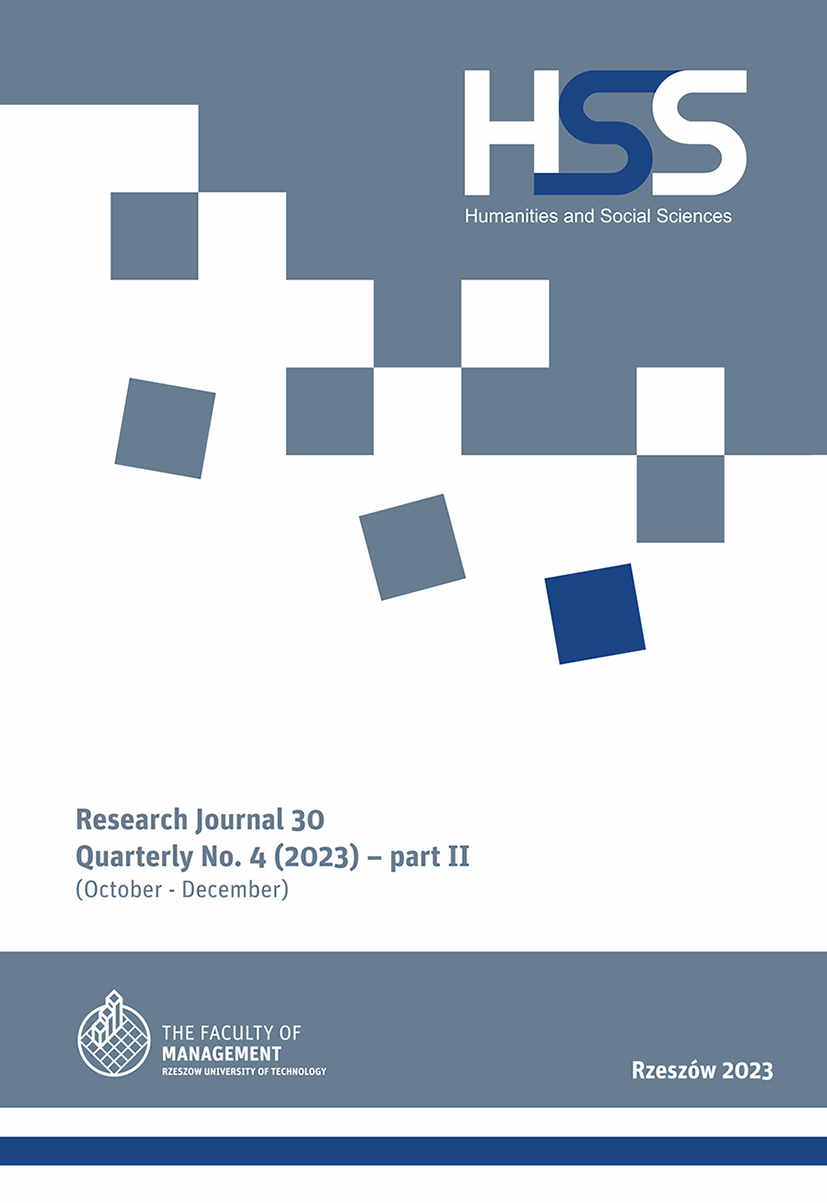Abstract
Internal audits are a requirement of point 9.2 of the ISO 45001 standard. They are a very good tool to improve the management system, but also the entire organization. Audits and the auditors conducting them should be improved. Therefore, this article aims to develop a model for evaluating internal auditors of occupational health and safety management systems according to ISO 45001. The model includes both the guidelines of the ISO 19011 standard and expert knowledge resulting from experience in assessing auditors. The following tools are adequately integrated: the SMART(-ER) method, brainstorming (BM), and control sheets. The result is the estimated quality of the auditor’s work. Rankings created using this model cannot be used to punish auditors; the model is intended to help chart an improvement path for internal auditors. Due to its nature, the model can be used to assess internal auditors in any management system. It can also be modified according to the original solutions in the field of auditing in a given organization.
References
Abdulkerim, I., Avvari, M., Cherkos, T. (2019). Design of house of quality using SERVQUAL and QFD for service quality improvement: a case of Bahir Dar city hotels. “International Journal of Applied Management Science”, Vol. 11, No. 3. DOI: 10.1504/IJAMS. 2019.100996.
Balkat, F.S., Khaleel, A.S. (2021). The internal audit of the health and safety management system (ISO 45001: 2018) in the department of studies, planning and follow up – Iraqi Ministry of Oil. “International Journal of Business Management and Economic Review”, Vol. 4, No. 05.
Karanikas, N., Weber, D, Bruschi, K., Brown, S. (2022). Identification of systems thinking aspects in ISO 45001:2018 on occupational health & safety management. “Safety Science”, 148(3). DOI: 10.1016/j.ssci.2022.105671.
Lawlor, K., Hornyak, M. (2012). Smart Goals: How the Application of Smart Goals Can Contribute to Achievement of Student Learning Outcomes. “Developments in Business Simulation and Experiential Learning”, Vol. 39.
Pacana, A., Stadnicka, D. (2006). Wdrażanie i auditowanie systemów zarządzania jakością zgodnych z normą ISO serii 9001. Rzeszów: OWPRz.
PN-EN ISO 19011:2018-08 (2018) „Wytyczne dotyczące auditowania systemów zarządzania”. Warszawa: PKN.
PN-ISO 45001:2018-06 (2018) „Systemy zarządzania bezpieczeństwem i higieną pracy – Wymagania i wytyczne stosowania”. Warszawa: PKN.
Siwiec, D., Pacana, A. (2021). A Pro-Environmental Method of Sample Size Determination to Predict the Quality Level of Products Considering Current Customers’ Expectations. “Sustainability”, No. 13. DOI: 10.3390/su13105542.


